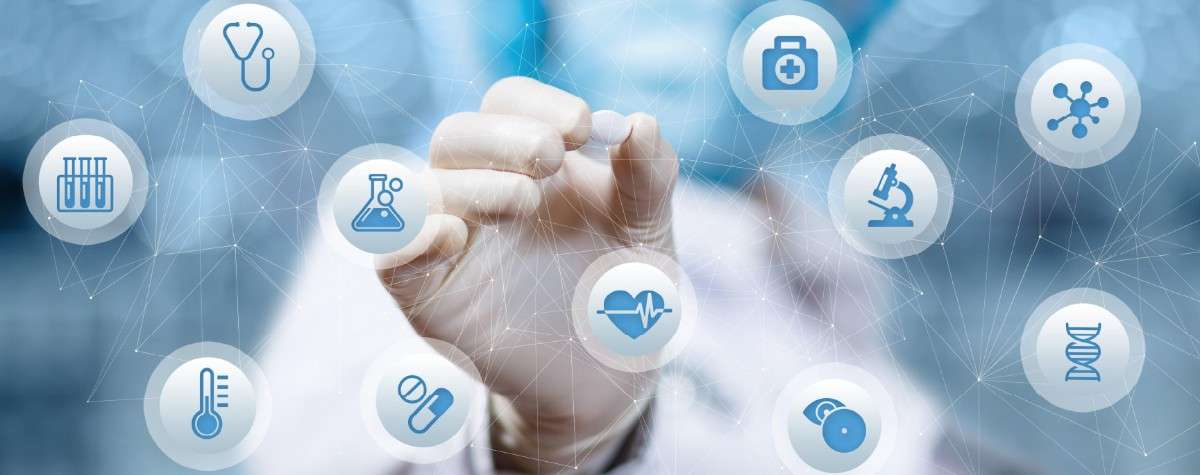


Learn how clinical labs are transforming through AI healthcare integration, lab data integration, & automated workflows to improve patient outcomes.
Clinical laboratories are the unsung heroes of healthcare, producing the data and analysis that influence major medical decisions; and lab data integration is key to unlocking their full potential. Across the industry, clinical laboratories perform thousands of tests per day, from blood work to genetic screenings and more. Every one of those tests produces data, large quantities of it. However, managing this data while ensuring accuracy and also sharing it with other healthcare systems can be a tad daunting. Manual processes, data silos, & inefficient workflows can lead to delays, errors, and disconnected systems.
Artificial intelligence (AI) and data interoperability are two solutions to this problem. AI relies on high-level computing to sift through data, automatically execute tasks, and increase accuracy, and data interoperability can share information between systems seamlessly. Working together, clinical lab workflow automation turns labs into more efficient, precise, and networked affairs.
In this blog, we’re breaking down what this means and how these technologies are transforming labs, from lab data integration to clinical lab workflow automation, and what this means for the future of healthcare.
Data interoperability refers to the ability of different information technology systems and software applications to communicate, exchange data, and utilize the exchanged info effectively. Interoperability in clinical laboratories enables the automated exchange of data between instruments, laboratory information systems (LIS), and external healthcare systems, thereby preventing manual intervention and minimizing the potential for errors.
The benefits of successful lab data integration extend far beyond operational effectiveness. With laboratory data integrated continuously and readily available, it enables real-time decision support, predictive analytics, and improved population health management, transforming patient care. Healthcare organizations that implement end-to-end data integration methods experience significant increases in diagnostic turnaround time, accuracy, and overall workflow efficiency.
However, true interoperability goes beyond just connecting systems together. It requires standardized data formats, strong security measures, and careful attention to regulatory compliance throughout the data exchange process. HL7 FHIR is helping to address this issue by providing a standard data format for the exchange of healthcare information.
AI is being used to automate and enhance laboratory operations, from sample preparation and analysis to result interpretation & quality control. AI healthcare integration in clinical laboratories encompasses machine learning algorithms for pattern recognition in diagnostic data, automated image analysis for pathology and hematology, and predictive analytics for automating clinical lab workflows.
AI technologies have already shown their ability to improve diagnostic accuracy and speed. AI-powered systems can quickly sort through vast amounts of lab data and find patterns and outliers that traditional analysis methods might miss. For example, AI algorithms are now being utilized for automated blood panel analysis, digital pathology review, and the early detection of life-threatening conditions, such as sepsis.
One of the strongest points of AI healthcare integration is that it supports human capabilities instead of substituting for them. Laboratory personnel collaborate with AI systems, verifying results, adding clinical context, and ensuring quality control measures are in place. This collaboration between human expertise and AI-powered tools can improve diagnostic accuracy while freeing up laboratory staff to focus on other tasks that require human insight and experience.
Today’s clinical lab workflow automation solutions begin with data integration, which ties all elements of the testing process together. From collecting and processing samples to analyzing and reporting data, an integrated system of automation helps create streamlined workflows that reduce manual handling and errors.
By automating workflows with total laboratory automation (TLA) systems, labs can see up to 86% fewer discrete processing steps, a 45% smaller testing footprint, and significantly less hands-on time for lab personnel. Connecting preanalytical processing systems to hematology, coagulation, and chemistry analyzers, as well as immunofluorescence microscopy and immunoassay platforms, labs will create even more efficient and streamlined workflows.
